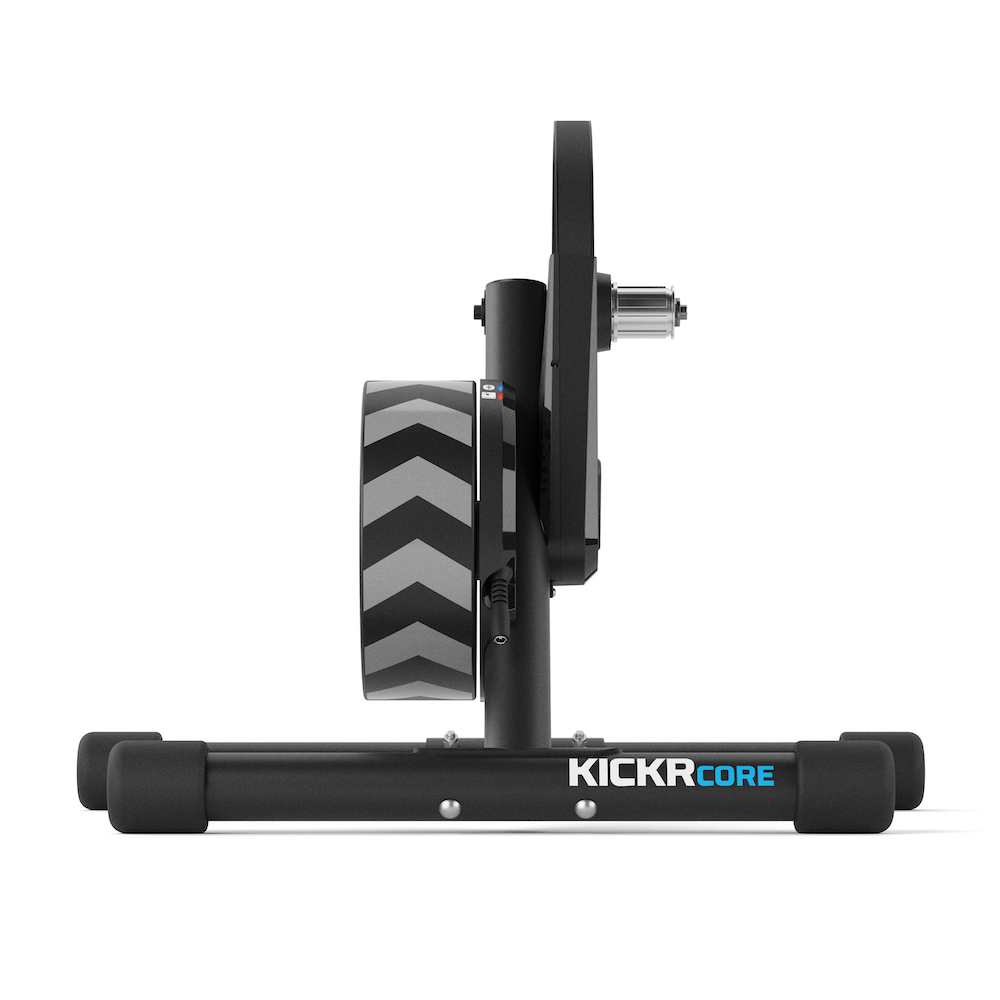

Decibels ranged from 68 (comparable to a vacuum cleaner) to 85 (diesel truck going 40 mph) the fan alone measured 71. To get a better idea of how loud “silent” actually is, we used a decibel meter to record the noise levels of each trainer being ridden at 15 and 25 mph. While most manufacturers can get away with using words like “silent” and “virtually silent” to describe the noise level of their trainers, there are other factors to consider, such as the sound your bike’s drivetrain cranks out as you pedal and, if you use one, the fan that’s whirring away to keep you cool and simulate wind speeds. Noise : W ith more people exercising indoors to prevent the spread of the Coronavirus, and with families working at home, looking for a quieter option may be more of a priority than before (as well as getting a good fan when you work out). If yours doesn’t, you’ll have to purchase them separately. Other Things to ConsiderĬompatibility : With axle attachment standards and widths changing almost yearly, check whether a trainer you’re interested in offers different attachment options such as thru-axle adaptors and, for direct-attachment trainers, free-hub options.


Some third-party training platforms support non-connected trainers, but you’ll need to purchase extras, like an external “speed” sensor from Garmin or Wahoo and possibly a power meter as well. The popularity of Zwift and other apps means most newer trainers are “smart.” This adds to the cost, but prices are falling, and you can now score a smart trainer for less than $500. “Smart” means it can communicate wirelessly with a training app on your smart phone or virtual riding world like Zwift and automatically adjust resistance. They are also very useful for refining pedaling technique.Ī smart trainer is different than a model with electronically controlled resistance. Resistance can range from almost nothing up to as much as any direct-drive trainer. Rollers are the most basic style and also require the most technique since the bike isn’t held in place but rather perched atop three rollers. You can get a smart friction trainer for about half as much as a direct-drive model. They tend to be lighter and more portable than direct-drive trainers, but are noisier and less accurate. They’re typically the most expensive but also the most accurate, with the highest levels of resistance.įriction trainers place a small roller against the rear wheel and utilize either magnetic or fluid resistance.

These are easily identified because they require a cassette. Direct-drive trainers attach to the rear dropouts, replacing your wheel and providing a direct connection to the resistance unit. Can be used without an external power source The Three Types of Indoor TrainersĪlthough there are many variations of each, most trainers come in three basic styles.


 0 kommentar(er)
0 kommentar(er)
